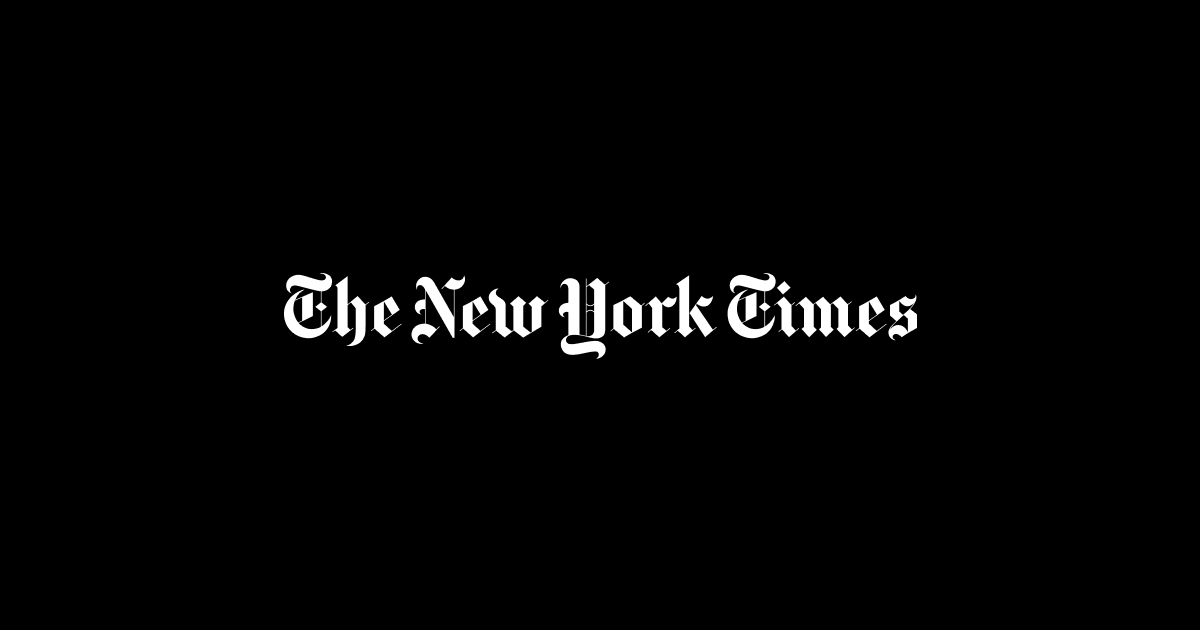Stocks fell slightly on Thursday, with the S&P 500 heading for its sixth consecutive weekly decline and inching closer to bear market territory.
Trading was turbulent, and after a sharp rally the S&P 500 ended just 0.1 percent lower, after a drop of 1.7 percent on Wednesday.
The Nasdaq composite was also volatile, but was little changed at the end of the day.
Though Wall Street’s sell-off this year — which comes after the S&P 500 rallied 90 percent in the previous three years — began with concerns about rising inflation and interest rates, and how the combination could hurt the economy, it has taken on a life of its own as investors see every new data point as a cause for concern.
The selling has also hit cryptocurrencies like Bitcoin, and metals and other raw materials like copper and oil, losses that reflect weakening sentiment across financial markets as well as concern about the global economy.
The drop has left the S&P 500 on the edge of a bear market, Wall Street’s term for a drop of 20 percent or more from its last peak. The label is meant to highlight just how dark the mood among investors has become. Through Thursday, the index was down about 18 percent from its Jan. 3 peak. The Nasdaq Composite is well into bear market territory, down 29 percent from its November high.
The drop this week has come along with fresh updates on the pace of inflation in the United States. The Consumer Price Index rose 8.3 percent in the year through April, the government said on Wednesday, while a measure of prices paid to producers rose 11 percent. While both measures showed that inflation cooled slightly from the month before, they remain uncomfortably high.
For stock investors, the inflation data feeds directly into views on how aggressively the Federal Reserve will raise interest rates: Higher borrowing costs will slow growth and also dampen interest in risky investments.
Analysts say the dour mood among stock investors isn’t likely to change until they get a handle on when the Fed, which raised its benchmark rate half a percentage point this month and is expected to do so again when it meets in June and July, will slow the rate increases. That won’t be clear until it’s certain that inflation has peaked.
“The Fed will want to see clearer evidence that inflation is cooling and higher interest rates are slowing demand before they start thinking about the endpoint of the current rate hike cycle,” Bill Adams, the chief economist for Comerica Bank, wrote in a note to clients on Thursday.
